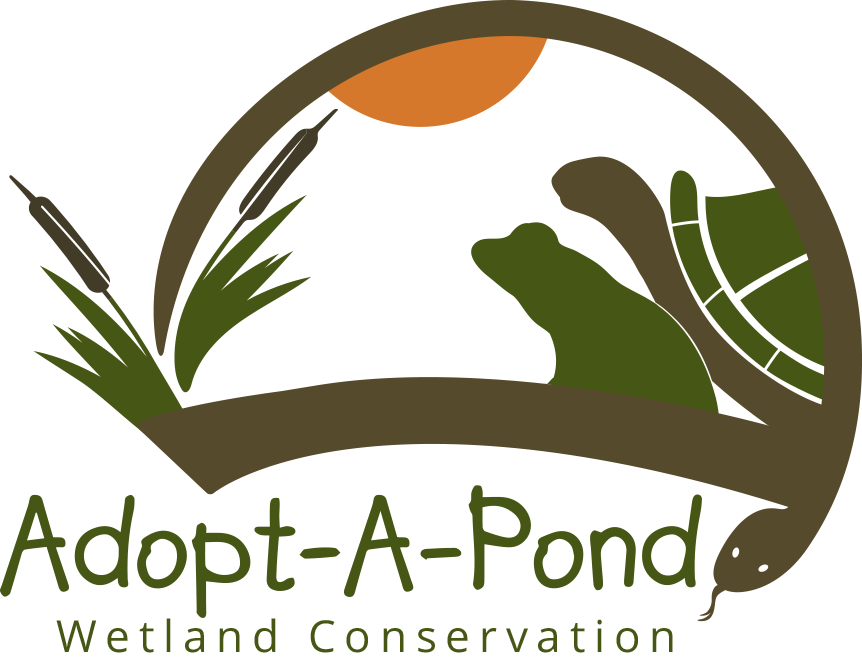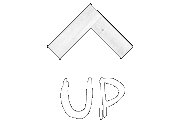Snake Hibernacula
Why care about snakes?
Snakes are often persecuted due to fear and misinformation. However, they play a crucial role in maintaining healthy, balanced ecosystems. As both predator and prey, they feed on and regulate populations of small animals such as frogs and mice while acting as a food source themselves for birds of prey and other larger animals. Snakes also hold great significance in the religion and folklore of many cultures, including several First Nation communities.
Though snakes are often portrayed as dangerous and aggressive in media, they are often quite shy and avoid interactions with humans. In Ontario, there is only one venomous snake: the eastern Massasauga rattlesnake (Sistrurus catenatus), a reclusive Species-At-Risk that has been extirpated from most of its range due to habitat loss and fragmentation. Today, this species is only found in Ontario on the Bruce Peninsula and the eastern shore of Georgian Bay, as well as in two tiny populations in Windsor and on the Niagara Peninsula. While people often kill rattlesnakes out of fear, negative interactions with these animals can usually be avoided by leaving them alone. Death from the bite of an eastern Massasauga rattlesnake is extremely rare, with only two instances ever recorded in Ontario over 40 years ago.
What is a snake hibernaculum?
A hibernaculum (plural: hibernacula) is an underground chamber that snakes use during the winter to protect themselves from the cold. These chambers lie below the frost line and close to the water table, keeping snakes warm and hydrated through cold, dry winters. Snakes emerge from their hibernacula to bask and breed in the spring, and head back to the same site in the fall. Human infrastructure such as old wells, rock/log piles, building foundations can be used by snakes as hibernacula, as can natural features such as ant mounds and burrows built by groundhogs or crayfish.
Why build a snake hibernaculum?
Habitat loss, degradation, and fragmentation have resulted in a lack of adequate hibernacula for snakes, which can negatively impact survival over the winter and lead to population declines. Building artificial hibernacula can provide overwintering habitat for snakes that have lost their traditional dens or cannot travel to other sites due to habitat fragmentation and urban sprawl. Creating hibernacula can also be a valuable opportunity to learn about snakes and encourage people to accept and protect them.
How to Build a Hibernaculum
- Select a well-drained site protected from cold winds, with good sun exposure (south-facing). Ensure that surface and ground water flow away from the site (i.e. build on upland areas). If this is not possible, drainage pipes below the frost line may be required to prevent flooding.
- Your snake hibernaculum can be sized to fit the available space, but it must be deeper than the frost line (at least 2 meters deep). Snakes prefer an overwintering site that is close to the water table but not flooded. Moist air ensures that snakes do not dehydrate over the dry winter months.
- Place rubble in the bottom to create chambers for the snakes. Chambers created at different depths allow the snakes to move vertically and horizontally to select a preferred temperature/humidity microhabitat.
- Concrete blocks or PVC drainpipes (with holes cut into the sides of the pipe) can be used for entrances and passages to allow the snakes multi-level access. Snakes use these passages to move to the bottom of the pit and into the underground chambers. Ensure that a space or tunnel extends down into the bottom of the pit at each of the corners. Continue to fill the pit with larger rocks and/or old concrete blocks and slabs, maintaining as many openings and chambers as possible.
- Cap the hibernaculum with an insulating layer of smaller rock rubble. Be sure to leave the entrances open and clear of shrubs that may grow as the site matures.
- Protect emerging snakes from predators by placing cover objects such as logs, rock piles, brush, and uncut grass nearby.
- In the spring (mid-April to late May), monitor your site to determine if your hibernaculum is being used. Don't get discouraged if you do not see snakes, as it may take several years before they "discover" your hibernaculum.
Snake Hibernaculum Design

Common Questions
What types of snakes might use a hibernaculum in my neighbourhood?
Eastern gartersnakes, DeKay's brownsnakes, and eastern milksnakes are the most common snake species that you might see in your neighbourhood in southern Ontario.
Are these snakes dangerous?
No. The only venomous snake in Ontario is the eastern Massasauga rattlesnake, a protected and shy species restricted to the southwestern parts of the province. Deaths from their bite are rare and have not been recorded in Ontario for many years.
Will building a hibernaculum attract more snakes to my yard?
No. While building a hibernaculum will provide overwintering habitat for snakes that are already around your property, it will not attract additional snakes from other areas.













